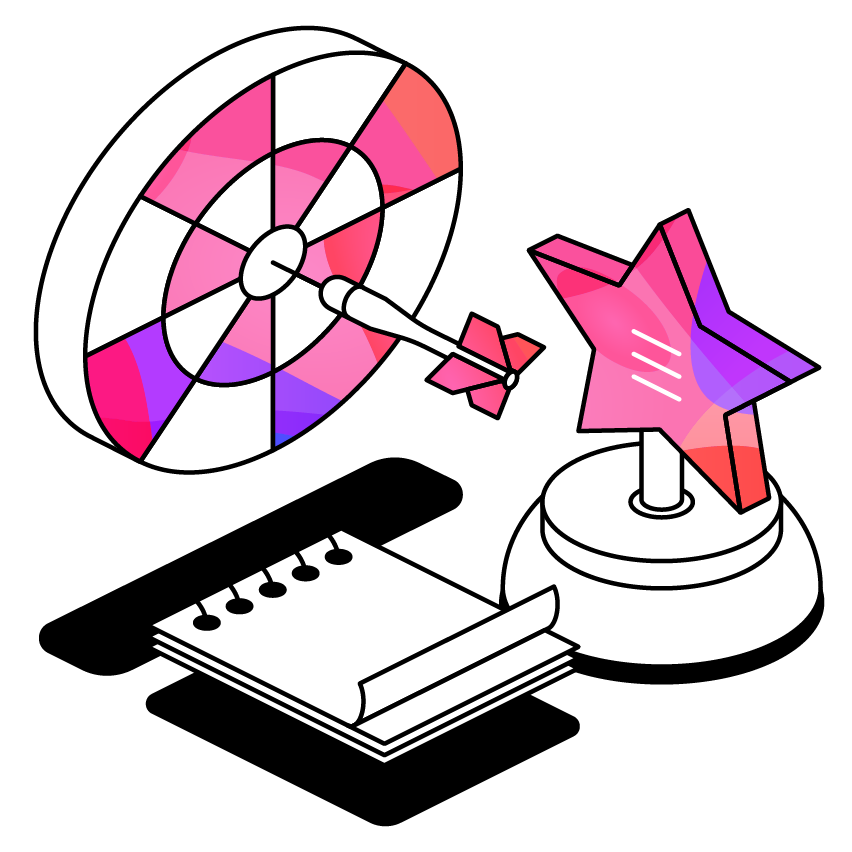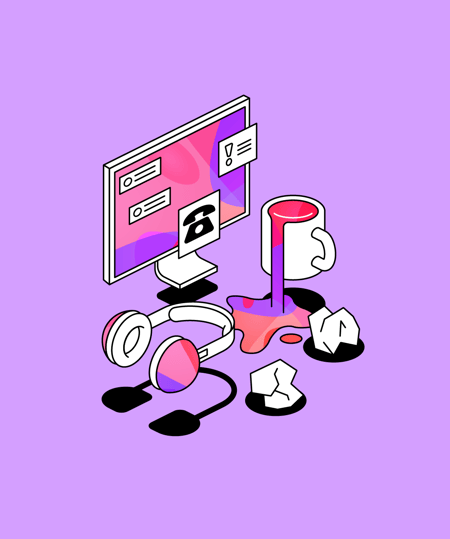Active learning: more than just taking notes
Struggling to retain information? Active learning is the key to unlocking your full potential. Learn how to apply active learning techniques to lectures, readings, and group work.
 2 min read
2 min read
 Published: 17 Oct 2024
Published: 17 Oct 2024
 Sammy White
Sammy White


What is active learning?
Active learning is when you are active in the learning process. You are doing something while you are learning.
Passive learning is when you are taking little action to help things stick. You may find yourself moving between active and passive learning as you progress through your studies.
The important part is making the most of all aspects of your learning; taking more action when in a passive learning episode or adopting different active learning strategies to boost your learning experiences.
Active learning doesn't stop in passive situations. Even during lectures, you can boost your learning.
Active learning in practice
As you listen, think about how the new information relates to your life or other courses. Note down real-world examples in your notes to bridge the gap between theory and practice.
Did a website come up in class? Write down the URL in your notes for future reference. It can jog your memory and offer additional insights, making your learning experience even richer.
Recalling a list of facts, dates and key information may be required as part of your studies. This recall is practiced by retrieving the memories of when you last learned or studied this information.
The more you retrieve information the stronger the memory of that information becomes meaning the more likely you are to be able to remember it when you next need it. Sometimes this can be quizzing yourself on a topic, practising retrieval.
Strategies for better learning
Retrieval practice is a low cost, high impact strategy. Yet creating the questions to quiz yourself on can be a time consuming exercise in itself.
With Glean, you can use the Quiz Me feature and generate multiple choice quizzes from your recorded notes in no time.
Although quizzing is one of the most popular forms of retrieval practice, you can practice retrieval in other ways.
Creating a list of things you know about a topic, recording a voice note of your knowledge on a topic, creating flashcards to study with at a future study session are all strategies that support retrieval practice.
The aim when undertaking active learning strategies is to boost study performance and boost your confidence. The challenge is not to make any active learning strategy too hard so that it negatively affects you. Likewise too easy you won’t be learning efficiently.
There's a sweet spot, a desirable difficulty zone where you're challenged but not overwhelmed. Aim for that "productive struggle" feeling. It's during this "just right" challenge that your brain is working its hardest to learn and retain information.
The core aim of studying is to be able to retain the knowledge learned and apply it when you next need it. Connecting key ideas to prior knowledge is a strategy that can even be applied in a passive environment. Imagine sitting in a lecture listening to new ideas being shared.
By connecting these new ideas to your existing prior knowledge you can create a strong memory pathway that will make it easier for you to retrieve the new information in the future.
You might want to sketch how what you are learning connects to your existing knowledge or you may simply want to add a link to a relevant website to your notes to remind and support you.
Elaborating on new information boosts this learning experience further still. Not only do you connect new information to your prior knowledge, you then begin to elaborate on what this means to you.
How you connect this to key concepts, how you plan to use this information in the future and what questions you now have about the topic.
Final recommendations
Building a knowledge system of newly learned material also requires you to categorise it, what do I know about this? How do I connect this? As well as what is this not related to.
Categorize information to solidify your understanding. Create Venn diagrams or lists to compare and contrast key concepts.
Don't just focus on what fits the topic - make note of what doesn't fit or contradicts your existing knowledge. This can lead to deeper understanding and uncover areas you might need to revisit.
Keep your learning challenging but manageable. Studying should be a journey of discovery, embrace the challenge!
More from Better Learning
View All
 2 min read
2 min read
3 student-proven time management techniques that work
From navigating demanding college schedules to excelling in the professional sphere, time management is a vital skill. Glean's student ambassador, Sherrie Zhao, shares her first-hand experiences and proven techniques for mastering this essential skill, offering valuable insights for students and professionals alike.

 5 min read
5 min read
How Glean helps first generation students overcome challenges
Being the first in your family to step onto a university campus is a triumph. But beneath the pride lies a unique landscape of pressures and uncharted territories. This blog explores the hurdles first gen students encounter and how Glean provides the support needed to unlock their full potential.

 2 min read
2 min read
Master class notes with text formatting
Your note taking just got an upgrade! We’re thrilled to announce that text formatting features are now live in your app. Let's take a look at how you can use text formatting to make the most of your notes.





